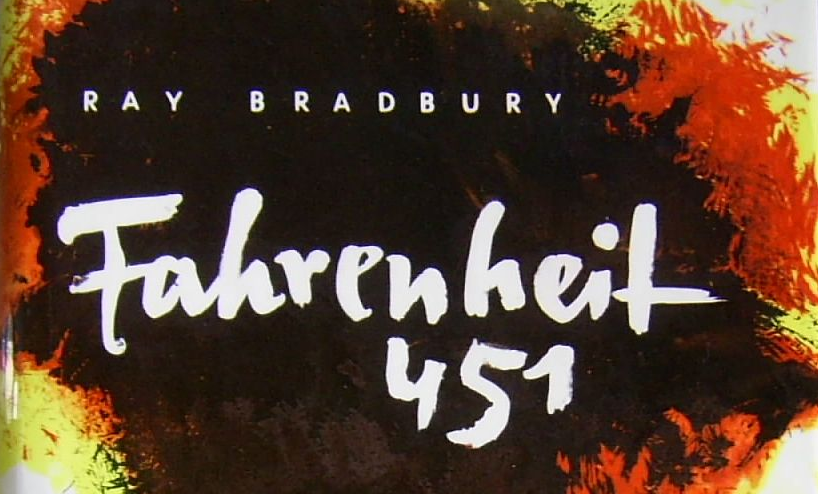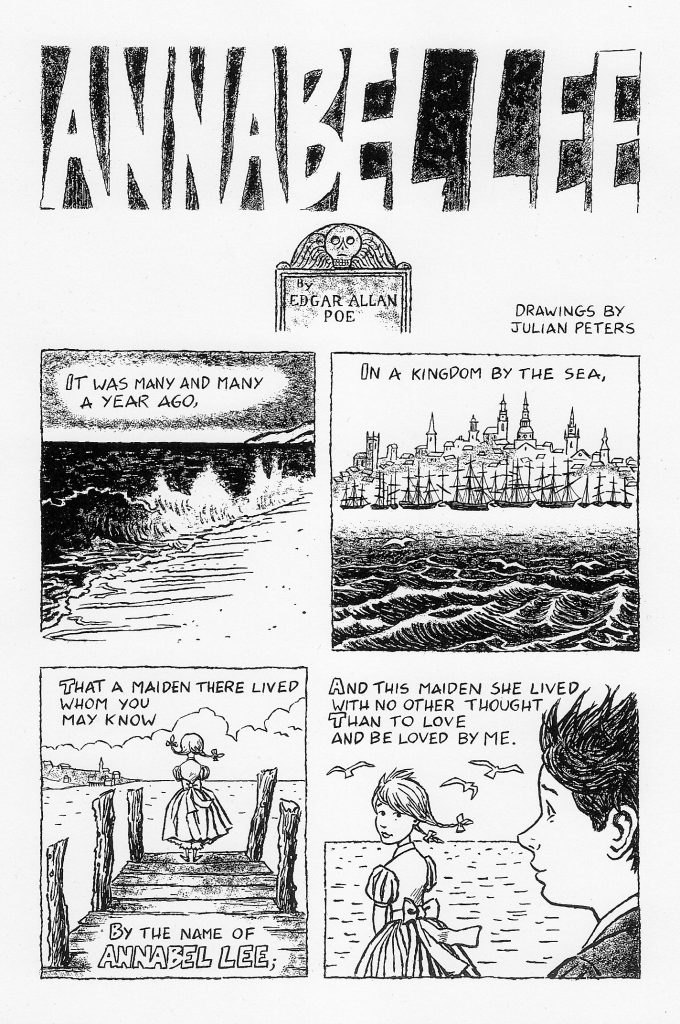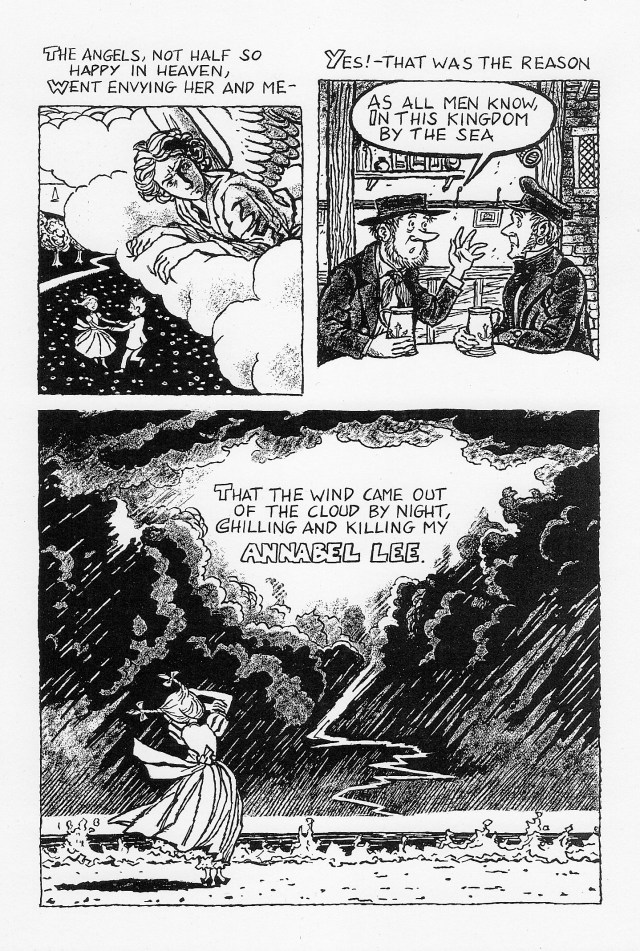Disco’s been dead for decades, yet disco bashing never seems to go out of style. The sleazy fashions, the soulless music, the lumpenproletariat streaming ‘cross bridge and tunnel to shake their sweaty, polyester-clad booties like cut rate Travoltas… it’s over, and yet it isn’t.
But even the most savagely anti-disco rocker should allow that its lead practitioners were possessed of a certain glamour and grace, their highly refined dance moves executed with the precision of Fred Astaire.
It’s a point a German film buff known on YouTube as “et7waage1” drives home by setting a mix of screen siren Rita Hayworth’s most memorable dance scenes from the ‘40s and ‘50s to one of disco’s best known anthems, ’ “Stayin’ Alive.”
It’s easy to imagine Rita and any of her co-stars (including Astaire) would have parted the crowds at Brooklyn’s legendary 2001 Odyssey, the scene of Saturday Night Fever’s famous lighted Plexiglass floor. Her celebrated stems are well suited to the demands of disco, even when her twirly skirt is traded in for pjs and fuzzy slippers or a dowdy turn-of-the-century swimming costume.
Here, for comparison’s sake are the stars of Saturday Night Fever, John Travolta and Karen Lynn Gomey, cutting the rug, urm, flashing floor in 1977 to the Bee Gees’ much more sedate “More Than a Woman.”
Hayworth films featured in the disco-scored revamp are:
“Down to Earth”: 0:00 / 1:03 / 2:46 / 4:20
“You’ll Never Get Rich”: 0:14 / 0:24 / 0:28 / 0:46 / 2:35 / 3:16 / 3:49
“Tonight and Every Night”: 0:20 / 1:11 / 1:22 / 1:36 / 1:54 / 1:55
“Cover Girl”: 0:34 / 0:38 / 1:13 / 1:48 / 2:13 / 3:07 / 3:29 / 3:31 / 3:54 / 4:06 / 4:31
“You Were Never Lovelier”: 0:50 / 2:20 / 2:42 / 3:00 / 4:10 / 4:38
“Gilda”: 1:17 / 2:04
“Miss Sadie Thompson”: 1:38 / 1:46 / 4:28
“My Gal Sal”: 1:42 / 3:23 / 3:35
“Pal Joey”: 2:00 / 3:20 / 3:41
“Affair in Trinidad”: 2:05 / 2:52 / 3:04
Related Content:
Disco Saves Lives: Give CPR to the The Beat of Bee Gees “Stayin’ Alive”
James Brown Gives You Dancing Lessons: From The Funky Chicken to The Boogaloo
Ayun Halliday is an author, illustrator, and Chief Primatologist of the East Village Inky zine. Her play, Fawnbook, is now playing New York City. Follow her @AyunHalliday






